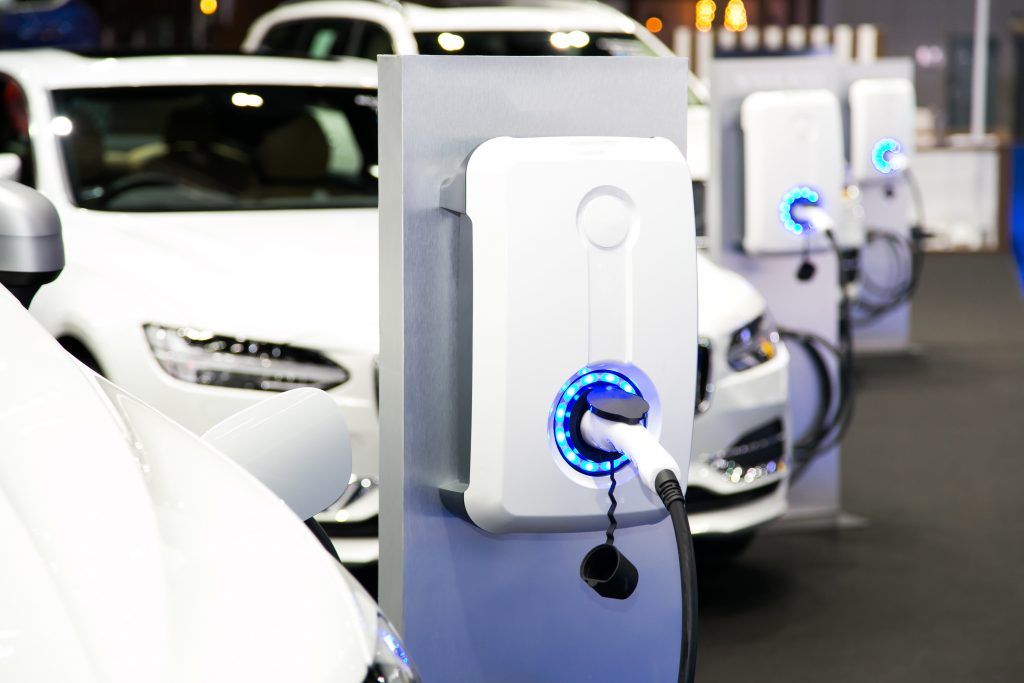UK100’s Assistant Chief Executive Jason Torrance, and a member of the Transport + Energy editorial board, reflects on the Government’s newly announced £450m Local Electric Vehicle Infrastructure (LEVI) Fund.
Transport accounts for more than a quarter of all UK emissions. And last week, we learned that emissions — primarily from road transport — jumped by 10% in 2021. While the persistent problem of rising emissions from road transport remains, local authorities must be enabled to put in place a seamless electric vehicle charging network — tackling issues of: availability, cost and planning.
Of course, the record rise is largely a foreseen “bounce back” from the pandemic and the easing of restrictions on travel. But it goes to show how vital it is to decarbonise road transport.
We need to reduce the traffic on our roads and decarbonise it too. And one of the simplest ways to reduce emissions on the road to Net Zero is to replace petrol and diesel vehicles with electric ones.
With a 2030 government ban on petrol and diesel cars approaching, electric vehicles (EV) sales rose by more than 86% in 2021. But electric vehicles still only represent about 2% of the total cars on Britain’s roads.
The main barrier to increasing that number is the charging infrastructure. According to the latest Department for Transport poll, three in four people say “not enough charging points” is the main disadvantage of electric vehicles.
Currently, there are fewer than 30,000 public electric vehicle charging devices. And there is significant inequality in the geographical distribution. In London, there are over 100 charging points per 100,000 people. In Northern Ireland and the North West, there are just 18 and 24, respectively.
Therefore, the publication of the UK’s much-awaited Electric Vehicle Infrastructure Strategy, with its headline £950m Rapid Charging Fund and £500m Local Electric Vehicle Infrastructure Fund (LEVI), is a welcome recognition of the problem and marks a significant step forwards.
However, as a recent Competition and Markets Authority report makes clear, the UK’s electric vehicle charging network is currently a ‘postcode lottery’ with huge inequalities of access to functioning charge points and a free-for-all when it comes to tariffs and payment mechanisms. Manchester, for example, has fewer than a quarter of the charging stations in London. It is imperative any new funding drives a levelling up of provision.
Access to charging needs to be equitable. In Amsterdam, a ‘Right to Charge’ policy mandates everyone should have access to a charging point within 200m of their home. In the UK, we have the new LEVI pot of funding that will be distributed, not by need but by competitive bidding.
I would agree with Michael Gove that there are too many competitive funding pots for councils. “Some local authorities simply don’t have the capacity to jump through all of those hoops,” the Secretary of State for Levelling Up said at a recent event.
But it’s not just that. When it comes to electric vehicle charging, a competitive funding process is likely to favour bidders that already have significant expertise, experience and infrastructure already.
By the time the local leaders representing the towns and cities most in need of charging infrastructure drive their Chevy to the LEVI, the LEVI will be dry.
As Gove suggests and the National Infrastructure Commission recommends, we need to move away from competitive funding — especially for infrastructure and Net Zero projects.
At the same time, without any statutory imperative, every local and regional authority must be included in designing and shaping the charging plans for their area, region and across Britain if there is any chance of delivering a reliable and consistent charging infrastructure.
Outside of the LEVI, the Electric Vehicle Infrastructure Strategy fails to address one of the less-oft highlighted but still major barriers to charging: the high costs of connecting charging networks to the grid. An issue local leaders and mayors came together to raise at last year’s UK100 Net Zero Local Leadership summit with a call for: “Reducing the high costs of connecting EV charging networks to the grid should be prioritised to enable a seamless vehicle charging network across the UK”.
Currently, the cost associated with adding extra capacity to the grid is a postcode lottery, with the electricity distribution network operators (DNOs) reporting that it can cost anywhere between £60,000 and £2 million to connect new rapid and fast-charging stations. With the costs to be paid by the company wanting the extra capacity.
However, the grid has significant capacity to allow for a substantial increase in electric vehicle charging points. And there is the financial capacity to overcome local constraints where they occur. The real problem is that the current financial model of DNOs disincentivises investment in storage at scale and the development of a smarter grid.
Therefore, while a new strategy and new funding is to be welcomed with open arms, the Government clearly needs to do more. Including supporting local authorities to decarbonise and expand public and active transport alternatives that improve travel choices by providing alternatives to car travel.
With transport occupying the greenhouse gas-emitting top spot, the urgent need is to reduce the amount of traffic on our roads and the emissions coming from it. And while the direction of travel is promising, progress is slow — we need more action, more options and more juice to power us to our Net Zero destination.
Image courtesy of UK100.








